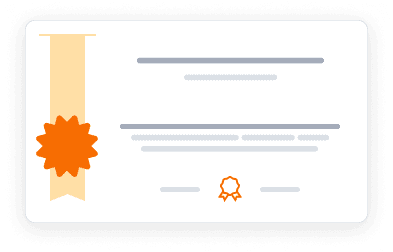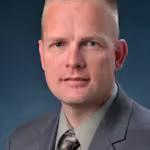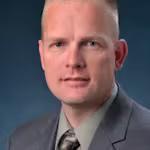This course is part of Spacecraft Dynamics and Control.
This course cannot be purchased separately - to access the complete learning experience, graded assignments, and earn certificates, you'll need to enroll in the full Spacecraft Dynamics and Control Specialization program. You can audit this specific course for free to explore the content, which includes access to course materials and lectures. This allows you to learn at your own pace without any financial commitment.
4.8
(130 ratings)
10,574 already enrolled
Instructors:
English
What you'll learn
Derive rotational equations of motion and analyze torque-free motion stability
Develop equations for rigid bodies with multiple spinning components
Master gravity gradient torque calculations and applications
Understand and implement momentum exchange device systems
Analyze dual-spinner configuration stability
Skills you'll gain
This course includes:
8.2 Hours PreRecorded video
25 quizzes
Access on Mobile, Tablet, Desktop
FullTime access
Shareable certificate
Get a Completion Certificate
Share your certificate with prospective employers and your professional network on LinkedIn.
Created by
Provided by

Top companies offer this course to their employees
Top companies provide this course to enhance their employees' skills, ensuring they excel in handling complex projects and drive organizational success.





There are 4 modules in this course
This advanced course focuses on spacecraft motion analysis and control. Students learn to develop and analyze equations of motion for rigid bodies in space, including torque-free motion, gravity gradient effects, and momentum exchange devices. The curriculum covers continuous systems, rigid body dynamics, dual-spinner configurations, and practical applications in spacecraft control systems. Through comprehensive mathematical modeling and analysis, students gain expertise in predicting and controlling spacecraft behavior in various orbital conditions.
Continuous Systems and Rigid Bodies
Module 1 · 5 Hours to complete
Torque Free Motion
Module 2 · 7 Hours to complete
Gravity Gradients
Module 3 · 2 Hours to complete
Equations of Motion with Momentum Exchange Devices
Module 4 · 6 Hours to complete
Fee Structure
Individual course purchase is not available - to enroll in this course with a certificate, you need to purchase the complete Professional Certificate Course. For enrollment and detailed fee structure, visit the following: Spacecraft Dynamics and Control
Instructor
Glenn L. Murphy Chair in Engineering
Dr. Hanspeter Schaub is the Glenn L. Murphy Chair in Engineering at the University of Colorado Boulder, bringing over 25 years of research experience to his role, including four years at Sandia National Laboratories. His research focuses on nonlinear dynamics and control, astrodynamics, and relative motion dynamics, resulting in approximately 195 journal publications and 300 conference papers. He has authored a fourth edition textbook on analytical mechanics of space systems and has pioneered the emerging field of charged astrodynamics. Dr. Schaub has played significant roles in various missions, including being the ADCS lead for the CICERO mission and supporting Mars and asteroid missions.In addition to his research contributions, Dr. Schaub is recognized for his excellence in teaching, having received multiple awards such as the H. Joseph Smead Faculty Fellowship and the Provost's Faculty Achievement Award. He is a fellow of both the American Institute of Aeronautics and Astronautics (AIAA) and the American Astronautical Society (AAS), and he has been honored with several prestigious awards for his contributions to aerospace education and research. His courses at the university include topics such as spacecraft dynamics, control systems, and kinematics, reflecting his expertise in preparing students for careers in aerospace engineering.
Testimonials
Testimonials and success stories are a testament to the quality of this program and its impact on your career and learning journey. Be the first to help others make an informed decision by sharing your review of the course.
Frequently asked questions
Below are some of the most commonly asked questions about this course. We aim to provide clear and concise answers to help you better understand the course content, structure, and any other relevant information. If you have any additional questions or if your question is not listed here, please don't hesitate to reach out to our support team for further assistance.



